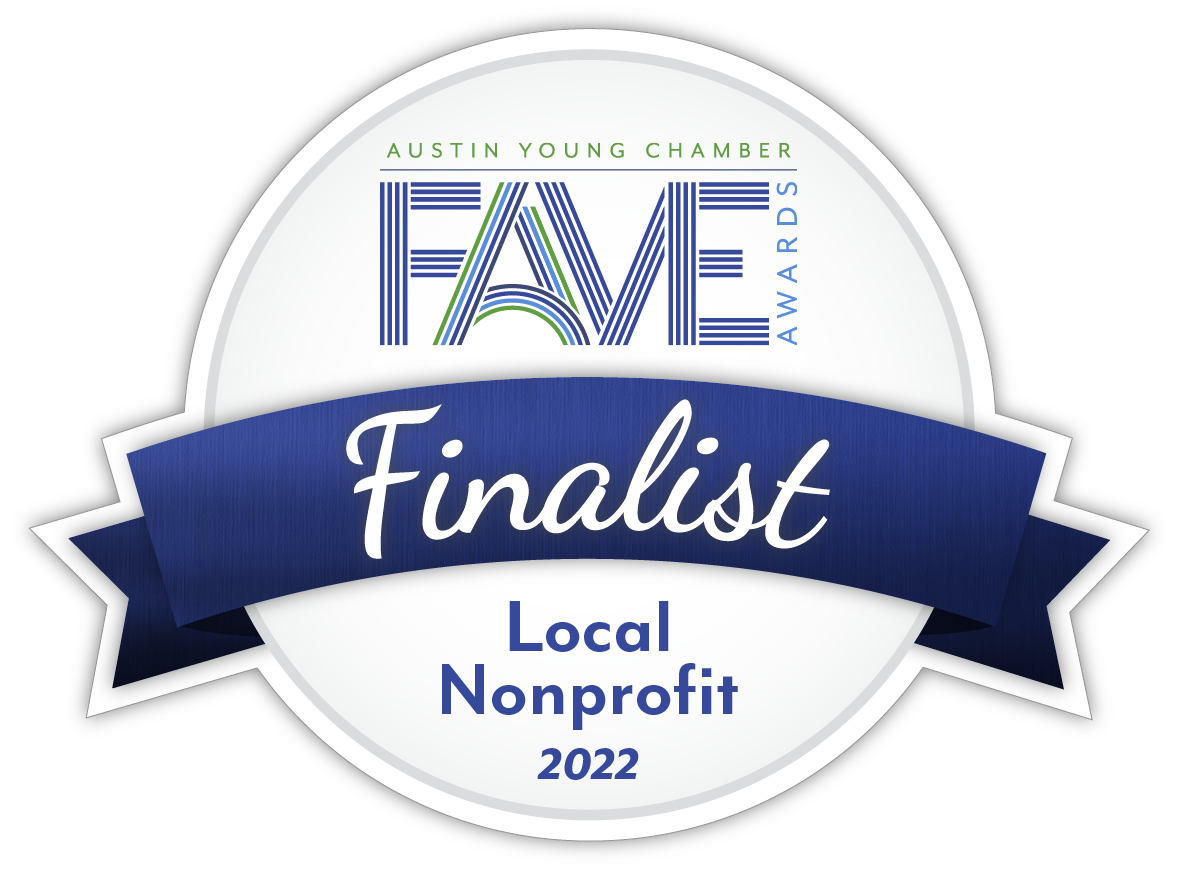This October 12, 2020, is Indigenous People’s Day! So, instead of celebrating Christopher Columbus, who washed up on the wrong continent, let’s actually take some time to appreciate the indigenous population and the way they interacted with the environment. There may be a thing or two we can learn!
People seem to have settled in Texas around 15,500 years ago. That is a long time ago, especially if you consider that this is 3 times as far back as the creation of the Great Pyramid of Giza. Interestingly, the oldest known habitation site here in Texas is actually here in Central Texas. North of Austin in Salado, TX, there is an archeological site along Buttermilk creek with evidence of mammoth hunting and trade with far western populations.
The inhabitants of Central Texas when the Europeans arrived were not the original inhabitants of Texas that were hunting mammoths along Buttermilk Creek, but instead probably moved into Texas a few hundred to a thousand years before the Europeans themselves. Of these groups, the two most prominent indigenous tribes in Central Texas were the Caddo and the Tonkawa.
The Caddo range extended only as far west as the escarpment when the Europeans colonized the area and the Tonkawa range included the Edwards Plateau proper. The Caddo has extensive settlements, agriculture, and an established urban lifestyle. The Tonkawa were a nomadic tribe of buffalo hunters with limited agriculture and light settlements.
The presence of people in Texas really began to change how the landscape looked. The biggest change was that fires became a lot more common. These fires escaped from burn middens or were set intentionally to clear brush, flush game, or create better, more open hunting habitat. This might sound destructive; however, this period of interaction between people and forests went on for so long and at such an intermediate level that the forests actually developed a new equilibrium or balance.
In this system, people and forests lived in a continual give and take that fostered incredibly diverse habitats, especially here in Central Texas. Given our unique location geographically, the human pressures on the environment in Central Texas gave rise to what’s referred to as a patchwork mosaic ecosystem. This is a system defined by multiple systems coexisting within it concurrently. It’s a tenuous non-equilibrium equilibrium that only remains static due to the constant level of intermediate disturbance, which is about as weird as macroecology gets.
This ancient heterogeneity at scale is one of the reasons we still have the echoes of the amazing biodiversity Texas once had. The intense habitat diversity translated to a wider, healthier base diet for many of the people living in Texas. Not only did they have ample access to game such as whitetail deer, squirrels, turkey, and other forest dwellers, they also had access to rabbits and game birds that prefer open habitats. Not only did they harvest pecans, acorns, cherries, persimmons, and other tree products, but they also had access to cactus pads, bulbs, tubers, and other roots present in grassland habitats.
The access to this incredible diversity led to an increase in technology which was, in many ways, thanks to the forests. Stone and wood tools were commonplace across Texas, but they differed greatly depending on the habitats they were used in. Stone bladed axes and adzes with long wooden handles were used in forests to fell and shape timber. Atlatls and spears were used to hunt larger game where bird points on arrows were used for smaller quarry. The presence of wood really made a lot of these tools functional, so it’s clear that wood was an important resource for the first people in Texas.
Wood was not only used to tools. The Caddo had elaborate grass and timber houses they would build for winter and similar wall-less affairs for summer. The Tonkawa, nomadic as they were, would use timbers to erect their buffalo hide teepees. The use of timber from the forests to create dwelling and structures is what can be considered the very beginnings of urbanization in the Americas. While we still experience urbanization today, the level of urbanization that is seen after European colonization is something completely different than the more mutualistic exchange seen before them.
Truly the history of people in Texas is a history of people and forests. It is the human interactions with woodlands that have led to the Texas landscape we have today and many of those interactions began before Europeans ever dreamt of a faster route to India. Unfortunately, there were many negative consequences to the European colonization of the Americas including the genocide of the indigenous populations. On top of that, Europeans often clear cut entire forests, which not only stole the heritage of the first peoples but also left a legacy of deforestation we are still fighting today.

